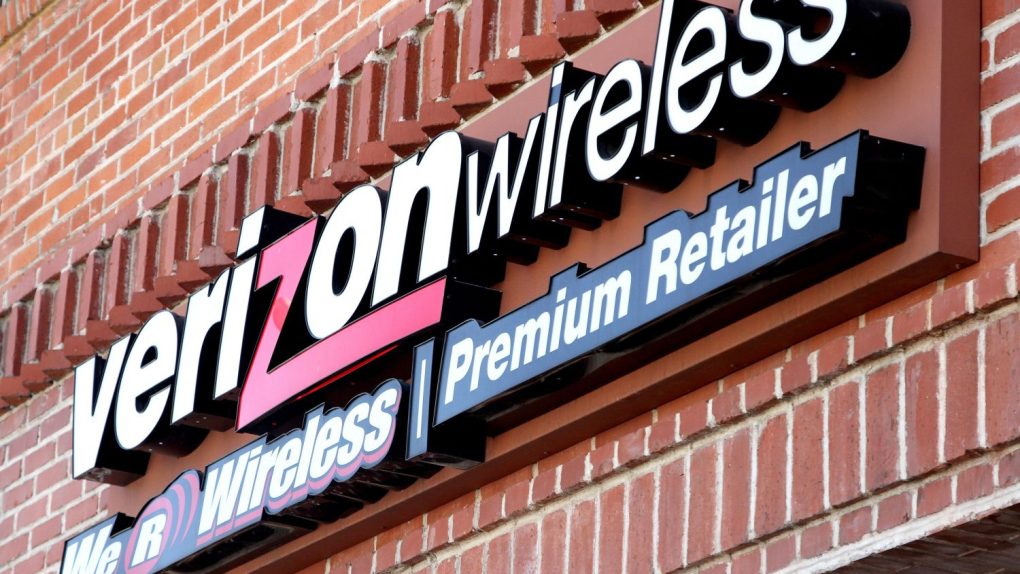In a real-world test in Boca Raton, Florida, Verizon and technical partners have managed to pull gigabit speeds down to a smartphone. That’s impressive all by its lonesome, but the real detail here is how those speeds were pulled off. Verizon, Ericsson, and Qualcomm combined hardware and technology that’s already in use to achieve the crazy speeds — which means it’s a solution you could see coming to a cell tower near you in the very forseeable future.
The test was the first time that a carrier has tried aggregating licensed cell spectrum — the airwaves your sweet LTE already comes over — with unlicensed spectrum that anyone can already use (in this case, the same spectrum that’s used for your home Wi-Fi network).
During the test, Verizon claims it was able to hit speeds of 953Mbps, which is one rounding error away from gigabit speeds. But the speed is actually the less relevant thing here. Verizon doesn’t need people getting gigabit speeds on cellphones; it actually needs to be able to handle more devices in one specific area, which has the potential to overload towers and cause congestion.
The trick to Verizon’s demo from today appears to be the use of four-channel aggregation and unlicensed spectrum. Channel aggregation involves using several different spectrums for simultaneous transmission, rather than just using one channel per device. The licensed spectrum Verizon owns the rights to is in short demand, and it’s also not the best frequency for high-speed data transmission. The frequencies used for Wi-Fi, on the other hand, are perfect for high-speed transmission, and are less precious than the expensive cellular spectrum Verizon already has. By using the unlicensed spectrum for high-bandwidth transmission, Verizon can handle more high-speed users at once, which should mean less congestion on cell towers, and faster average download speeds.
Hopefully, the technology from this test can be rolled out to cell stations nationwide this year or early next. Unlike 5G, there isn’t much that needs to be worked out or certified in terms of equipment. Qualcomm ran the test for Verizon on a Snapdragon 835, a processor that’s already inside this year’s flagship phones. Everything is in place; Verizon just needs to pull the switch.










